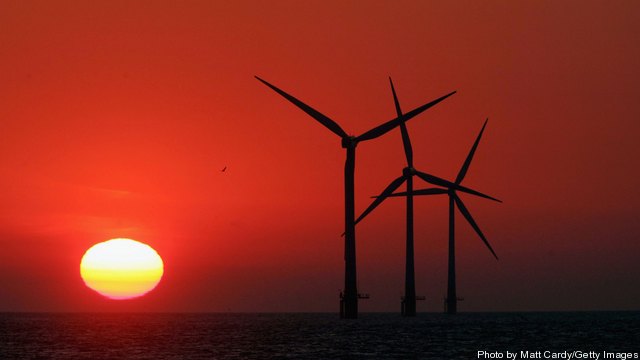
In this economy many cities are looking for ways to make their facilities more energy efficient, and more of them are leveraging Energy Performance Contracting (EPC) to make substantial energy efficiency improvements without any upfront capital.
Since the late 1970s, EPCs have become an increasingly effective way to avoid the cost barrier typically associated with significant building upgrades and retrofits. An EPC permits public entities, such as schools, hospitals, universities and governmental agencies, to fund energy conservation measures based on the amount of utility savings they provide. Under these programs, a qualified energy services company audits a customer’s energy usage, identifies potential savings and guarantees those savings through a long-term agreement. This is a great way for public entities to maximize existing operational budgets for needed upgrades that are guaranteed to reduce energy costs in the long run. Keep reading →










